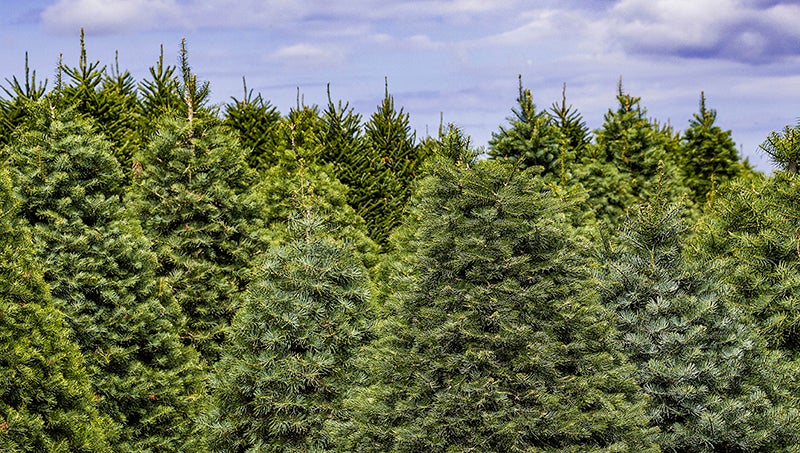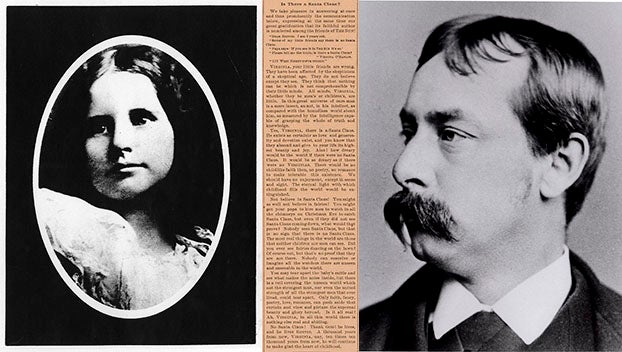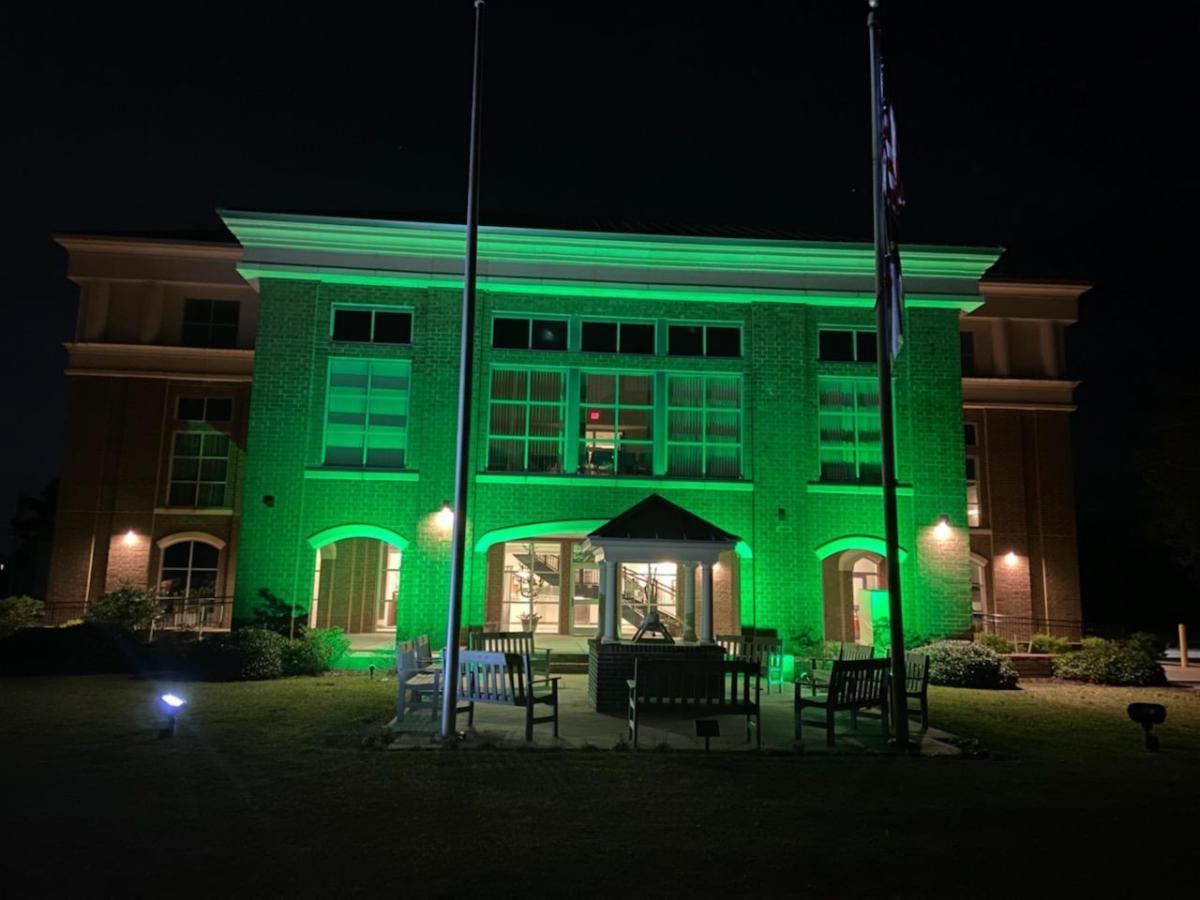Playing a part in a natural process
Published 5:05 pm Friday, November 29, 2019
It’s that most wonderful time of the year. Giving abounds, and so does decorating.
For years, the debate has raged as to which option is better: buying a live Christmas tree to decorate for the holiday or going with an artificial one. There are fans of both, and detractors of both as well.
For those who love artificial trees, it’s often a matter of wanting a no-muss-no-fuss holiday. It’s no secret that an artificial tree can be convenient. It takes a matter of minutes to set them up and light strands can stay on on a tree year-round, avoiding the time it takes to string them with lights every year. Others have a more conscientious reason for going artificial: they don’t want to see a tree killed and thrown away after serving a purpose that lasts just a few short weeks of the year.
However, there are very good reasons to purchase a live Christmas tree. First, a live Christmas tree must grow for eight to 12 years before it can be harvested. During that time, each and every tree is doing its part to sustain life on earth by taking in carbon dioxide and releasing oxygen for all living creatures to breathe. As Christmas, and live Christmas tree buying, happens every year, that means Christmas tree farmers are continuously planting a new crop of trees, an ongoing source of oxygen. When the holiday is over and the tree has done its job, it can be recycled at a few different places and reused as mulch which can help grow other things.
Then, thinking about those Christmas tree farms — they’re a livelihood and source of income for many people. Buying a live Christmas tree means supporting farmers, if not locally then at least within the state.
Whether a family tends toward an artificial or a natural tree boils down to simple preference. But there’s nothing wrong with going live at Christmas — in fact, it’s playing a part in natural process. That’s just good for the planet.





